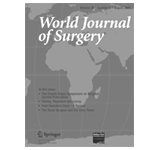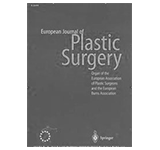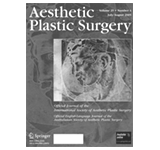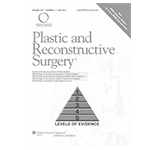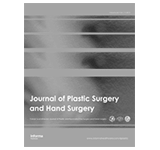Get killer calves with the key techniques and learn how to have a rapid downtime.
The calf augmentation procedure increases the calves’ volume so that they are in harmony with the rest of the body.
Many women and men who want to add volume to their thin calves or correct any asymmetry, resort to calf augmentation. Moreover, candidates include bodybuilders, as despite any exercise, they cannot make them look enhanced. Among candidates are patients suffering from poliomyelitis, spina bifida and club feet.

The calf augmentation techniques
-
Silicone implants
Silicone implants are the most popular way to achieve calf augmentation permanently. The surgery is performed under local anesthesia, sedation or epidural anesthesia and lasts about 40’. The patient may return home the same day.
Today, silicone implants come in a great variety of sizes and shapes. They are placed either above or below the muscle (gastrocnemious). Silicone implants usually enhance the medial (inner) belly of the gastrocnemius muscle, but they may also be placed on both bellies of the muscle. The incision is no bigger than 4 cm and it is hidden behind the knee.
The downtime
After surgery, the patient can resume their everyday activities, whereas they can return to work within 7 days. Bruising and swelling appear straight after the operation and the pain is bearable. The patient must follow the plastic surgeon’s instructions in the next days so that recovery time is rapid:
- The legs should be placed on top of two pillows immediately after surgery
- When the patient sits on a chair the first days post-surgery, it is advisable to place their legs on a high position
- The patient should wear slippers or low heel shoes of 4-6 cm. High heels should be avoided for some time.
- Walking must be done with prudence, as there may be fluid accumulation and implant dislocation in case of overdoing it
- Running is safer after 6 weeks
- If the patient is outside the city, it would be wise to have someone escort them
- The patient should keep moving their toes and legs when lying in bed
- Shaving should be avoided for 2-4 weeks and exposure to the sun for 4-6 months
Possible complications
The complications are very rare, but the patient should know them. They include:
- Inflammation
- Bleeding
- Fluid accumulation
- Capsular contracture
- Implant dislocation
- Deep thrombosis



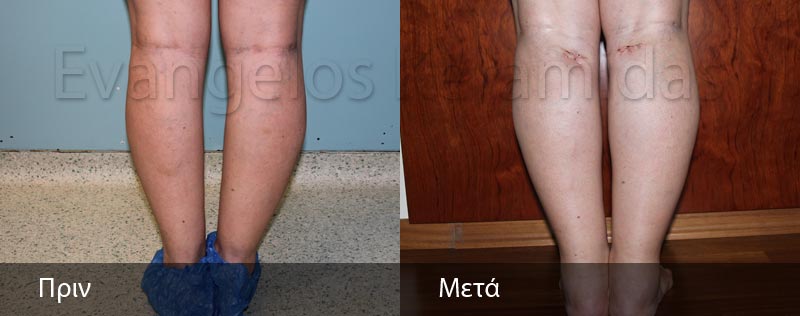

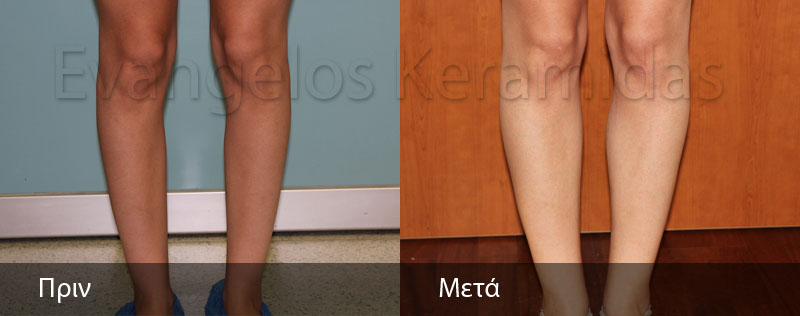

-
Fat transfer
The method involves fat recycling. During the procedure, the plastic surgeon removes fat from other parts of the patient’s body and injects it in the calves. The operation is performed under local anesthesia and doesn’t require hospitalization. Most of the times, the doctor injects an amount of 75-150cc in every calf. The volume of the calf achieved with fat transfer is usually smaller than the one achieved with the silicone implants.
The advantages:
1. The tissue used comes from the patient’s body.
2. Decreased possibilities of complications such as inflammation, bleeding etc.
3. Almost zero possibility of capsular contracture
The disadvantages:
1. We cannot predict the shape of the calf after surgery.
2. A second operation may be required, as an amount of fat is absorbed.
3. The patient should have at least 150-200cc of fat in other parts of their body, so that the doctor finds a good donor site.


Visit Kosmesis Aesthetic Plastic Surgery Center and get the results you have always wanted. Book your appointment now!























